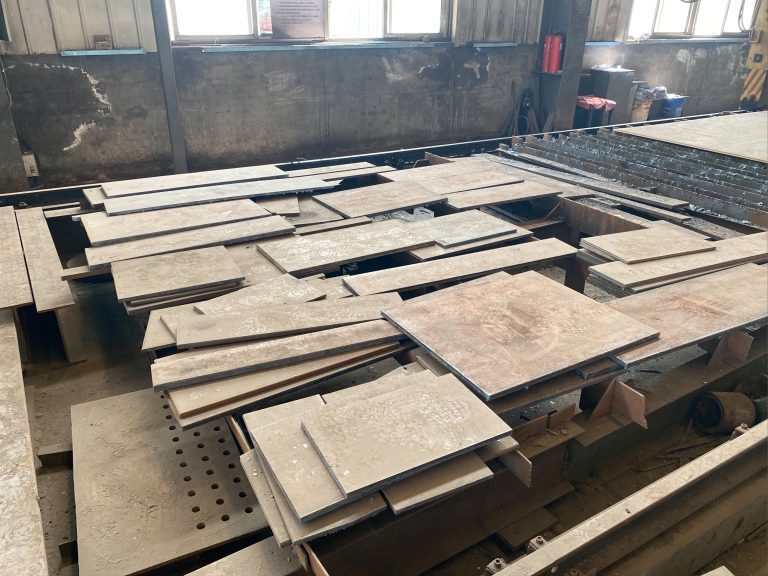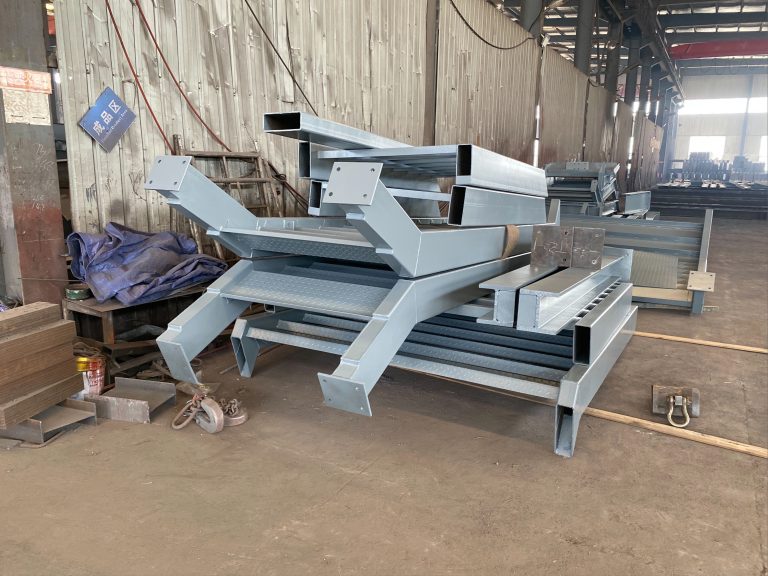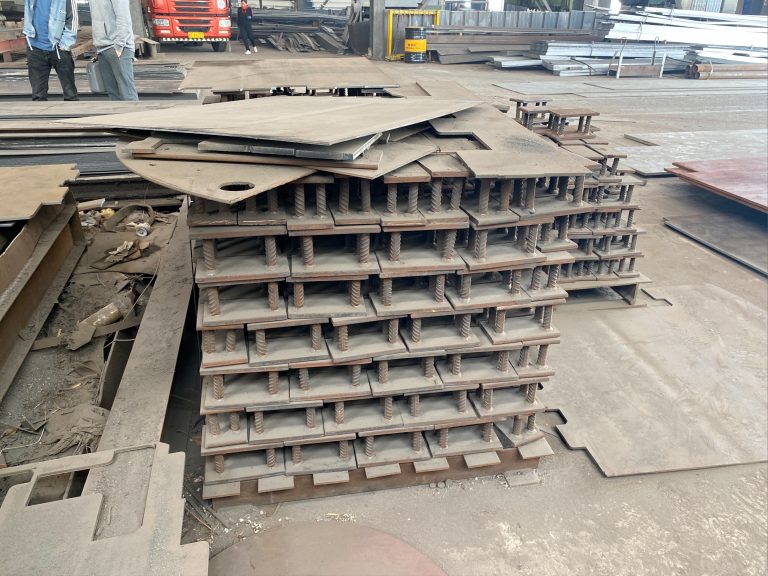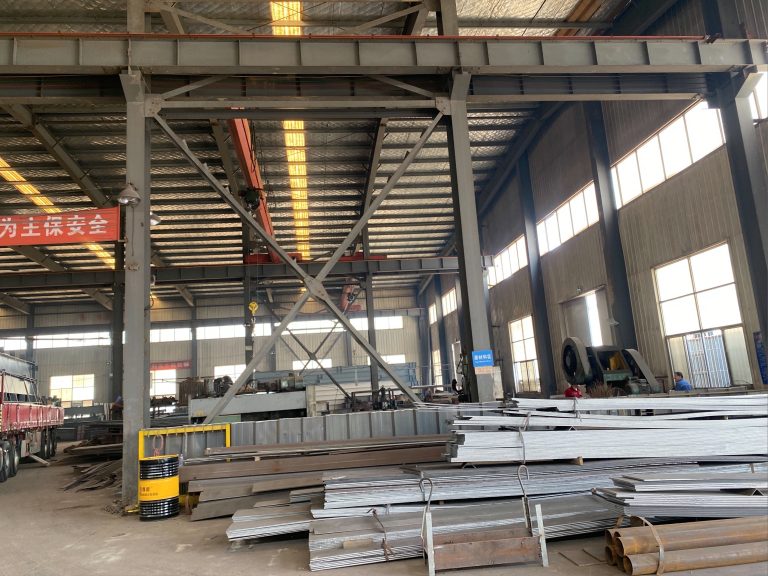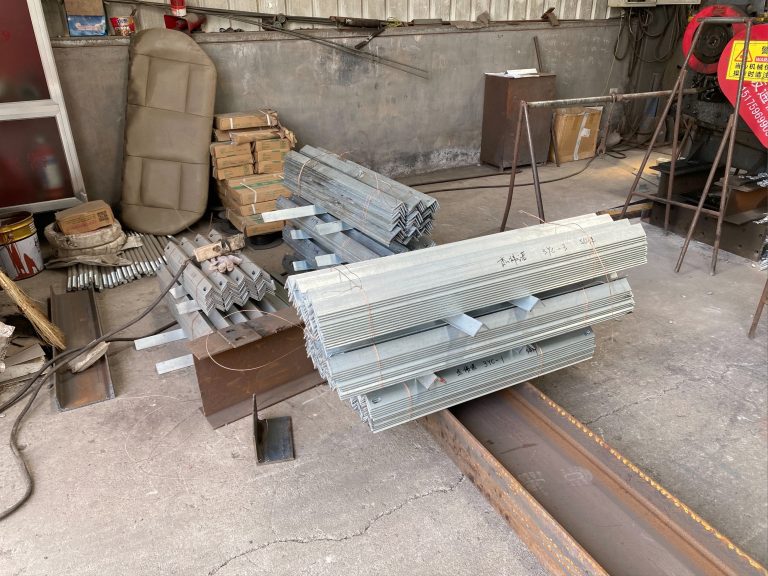Medical facility configuration and management of container house in temporary hospital
Inhoudsopgave
Best Practices for Medical Facility Configuration in Temporary Hospitals
In times of crisis or emergency, temporary hospitals are often set up to provide medical care to a large number of patients. These facilities are crucial in ensuring that healthcare services can be delivered efficiently and effectively during times of need. One key aspect of setting up a temporary hospital is the configuration and management of the medical facility, including the use of container houses.
Container houses are a popular choice for temporary hospitals due to their versatility, ease of setup, and cost-effectiveness. These structures can be quickly assembled and customized to meet the specific needs of a medical facility. When configuring a container house for medical use, there are several best practices that should be followed to ensure the smooth operation of the temporary hospital.
First and foremost, it is essential to carefully plan the layout of the container house to optimize the flow of patients, staff, and equipment. The design should take into account the different areas of the medical facility, such as patient wards, triage areas, treatment rooms, and administrative offices. By creating a well-organized layout, healthcare providers can work more efficiently and effectively, leading to better patient outcomes.
In addition to the layout, the container house should be equipped with the necessary medical equipment and supplies to provide high-quality care to patients. This includes medical devices, medications, personal protective equipment, and other essential items. It is important to ensure that all equipment is properly maintained and regularly checked to prevent any malfunctions or shortages during operation.
Furthermore, the container house should be equipped with proper ventilation, lighting, and sanitation facilities to maintain a clean and safe environment for patients and staff. Adequate ventilation is crucial for preventing the spread of infectious diseases, while proper lighting is essential for performing medical procedures and examinations. Sanitation facilities, such as handwashing stations and waste disposal systems, should also be readily available to maintain hygiene standards in the medical facility.
Another important aspect of managing a container house in a temporary hospital is ensuring the safety and security of patients and staff. This includes implementing security measures, such as access control systems and surveillance cameras, to prevent unauthorized access and ensure the protection of valuable medical equipment and supplies. Additionally, emergency response plans should be in place to address any potential threats or incidents that may arise during operation.
Overall, the configuration and management of a container house in a temporary hospital require careful planning, attention to detail, and adherence to best practices. By following these guidelines, healthcare providers can create a safe and efficient medical facility that meets the needs of patients and staff during times of crisis. Container houses offer a flexible and cost-effective solution for setting up temporary hospitals, and when properly configured and managed, they can play a crucial role in delivering high-quality healthcare services to those in need.
Efficient Management of Container Houses in Temporary Hospital Settings
In times of crisis or emergency, temporary hospitals are often set up to provide medical care to those in need. These facilities are crucial in ensuring that healthcare services can be delivered efficiently and effectively in challenging circumstances. One common solution for creating temporary hospital facilities is the use of container houses. These modular structures offer a flexible and cost-effective way to quickly establish medical facilities in a variety of settings.
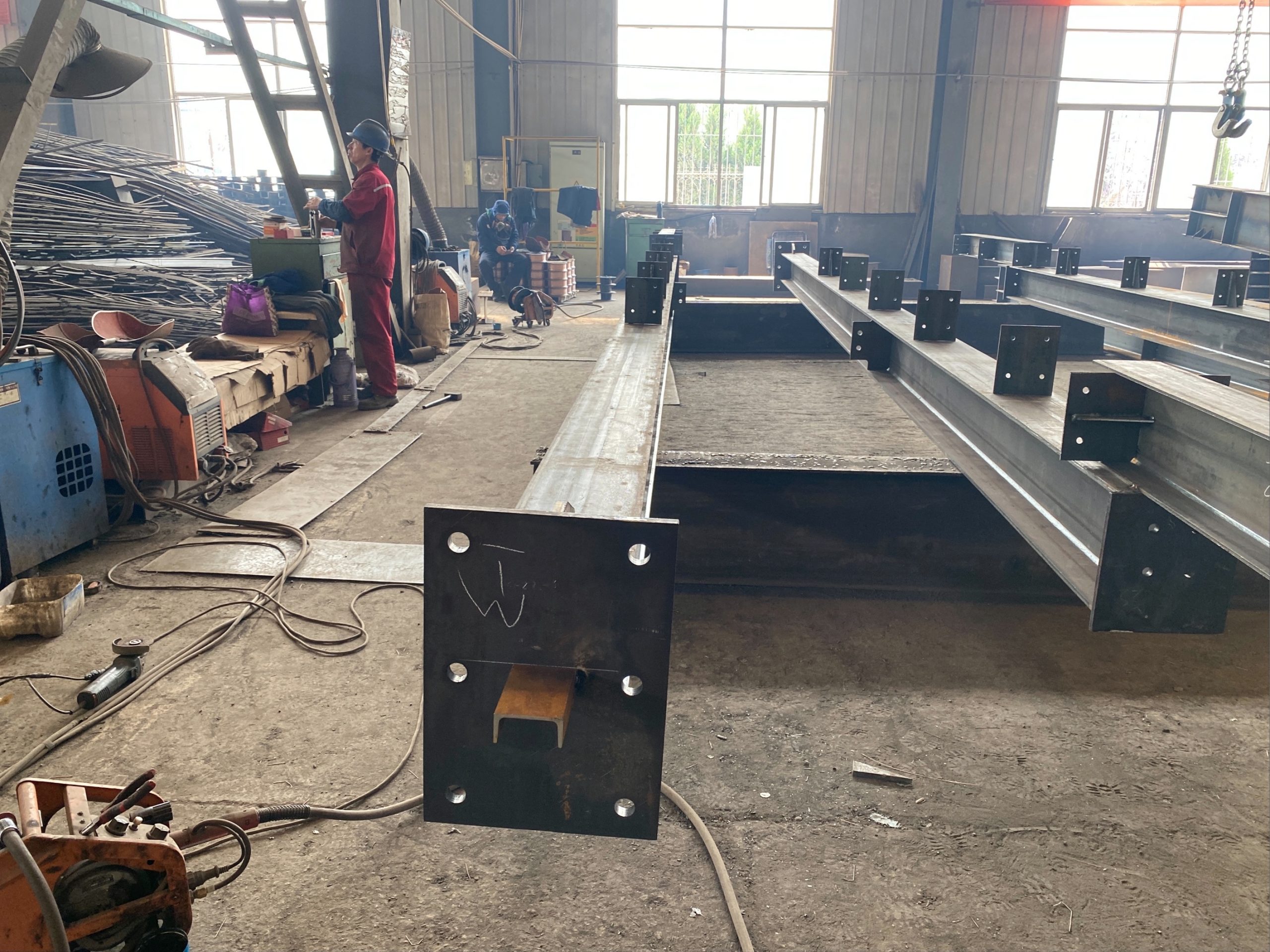
When it comes to configuring and managing container houses in temporary hospital settings, there are several key considerations that must be taken into account. The layout and design of the facility must be carefully planned to ensure that it meets the needs of both patients and healthcare providers. Additionally, the management of the facility must be efficient and well-organized to ensure that medical services can be delivered in a timely and effective manner.
One of the most important aspects of configuring a container house in a temporary hospital setting is the layout of the facility. The layout must be carefully designed to ensure that it provides adequate space for medical equipment, supplies, and staff. It is essential to consider the flow of patients and healthcare providers through the facility to ensure that medical services can be delivered efficiently. Additionally, the layout must be designed to meet the specific needs of the patients who will be receiving care in the facility.
In addition to the layout of the facility, the design of the container house itself is also an important consideration. The structure must be sturdy and well-insulated to provide a safe and comfortable environment for patients and healthcare providers. It is also important to consider the placement of windows and doors to ensure that the facility is well-ventilated and provides adequate natural light.
Once the container house has been configured and set up, it is essential to have a well-organized management system in place to ensure that the facility runs smoothly. This includes establishing clear protocols for patient intake, treatment, and discharge, as well as ensuring that medical supplies are well-stocked and easily accessible. Additionally, it is important to have a system in place for managing staff schedules and ensuring that there are enough healthcare providers on hand to meet the needs of patients.
Efficient management of a container house in a temporary hospital setting also requires effective communication and coordination among staff members. It is essential to have clear lines of communication in place to ensure that information is shared quickly and accurately among healthcare providers. Additionally, regular meetings and check-ins can help to ensure that everyone is on the same page and that any issues or concerns are addressed promptly.
In conclusion, configuring and managing a container house in a temporary hospital setting requires careful planning and organization. The layout and design of the facility must be well-thought-out to ensure that it meets the needs of patients and healthcare providers. Additionally, efficient management systems must be in place to ensure that medical services can be delivered in a timely and effective manner. By taking these considerations into account, temporary hospitals can provide essential medical care to those in need during times of crisis or emergency.

